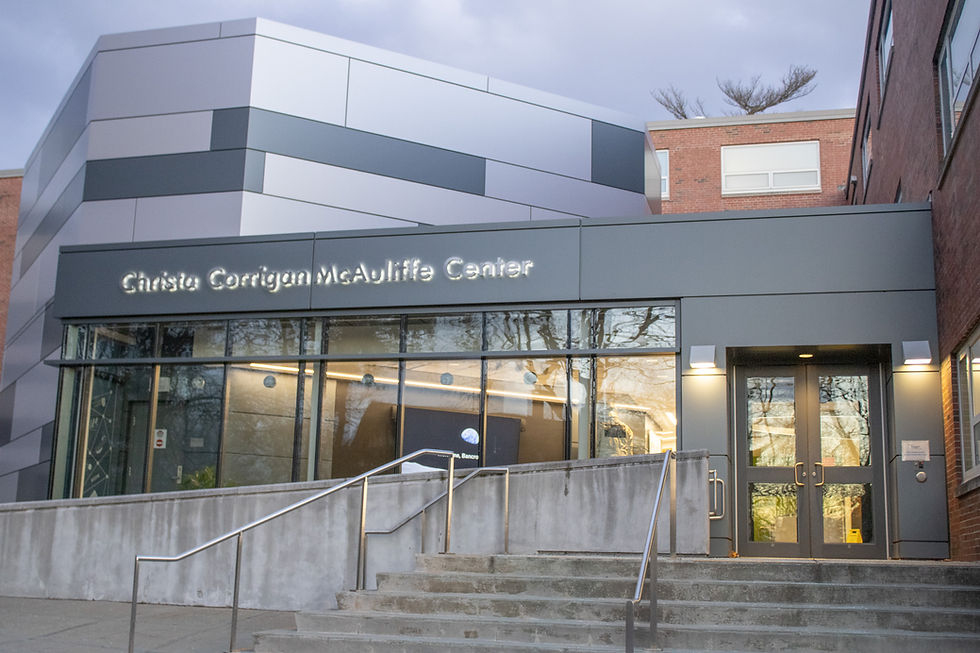Food wasted in Dining Commons
- Brennan Atkins
- Feb 14, 2020
- 3 min read
Brennan Atkins
Staff Writer

FSU Dining Services held two events showcasing the amount of food wasted in the Dining Commons Oct. 8 and Nov. 5.
Rachael Bissonnette, field marketing coordinator for Sodexo, designed the events to place all
unconsumed food in plastic bins that were then weighed for waste totals.
“The goal of the event is to bring light what happens every day in the back – to show the amount of food waste that is thrown away on a daily basis,” Bissonnette said.
The Oct. 8 event resulted in 170 pounds of food wasted in two-and-a-half hours. This weight equates to 140 meals, according to Feeding America.
An organization that strives to help those who are hungry.
The total weight of the food collected in two hours on Nov. 5 weighed in at 120 pounds, which is equivalent to 100 meals wasted, according to Bissonnette Annalisa Marzeotti, a sophomore criminology major said, “I expected [the weight] to be a bit higher because of the amount of stuff I see people throw away. It’s good that it isn’t that high, but I think we
can still take steps to lower it.”
Describing the process of food removal, Bissonnette said, “All the food that gets deposited on the dish return line goes into this machine that grinds up all the food and dehydrates it. It compresses it, and it makes it smaller.” The processed waste is then given to Casella Waste Systems. “It’s not like it just goes in the trash,” Bissonnette said.
Bisonette also described how sodexo use external organizations in order to take away uneaten food. “In the past, we’ve worked with the Food Recovery network. ... What they do is, on a designated day of the week, they’ll come to us and see what we have that can be frozen, or what is non-perishable, and they would take it to donate somewhere.”
Maddie Brown, a sophomore food and nutrition major, said, “I feel like it’s good to know how much food we aren’t eating. I think we are wasting way too much food. I think Dining Services should take note of what students aren’t eating, and stop making it.”
Bissonnette discussed certain factors aYecting the weight of food waste on a daily basis. She said, “There might be busier days during the week or we might have an event where more food waste is produced. For example, on the days that we serve chicken nuggets, the food waste tends to be much higher.”
Gwen Morton, a junior studio art major, said, “I wouldn’t place any blame on Sodexo employees because they can’t help what materials they have to work with.”
Mike DaGirolamo, a junior sports management major, said, “I see people grab food all the time, touch it, say ‘this is gross,’ and then just throw it away. While I’m not completely aware of the everyday amount of food wasted, I feel like anything over 100 pounds in two hours is mental.”
Sodexo use WasteWatch powered by Leanpath, a program which is used to measure food waste and keep track of data.
Bissonnette said, “It benefits us in two ways. One, it lets us know if we are buying too much so we can cut back on costs, and second, it helps us reduce the amount of waste that we are creating when we make meals.”
Sodexo has other ways in which it strives to be environmentally friendly. The napkins in the dining hall are biodegradable, and they support organizations that fight against food waste, such as Stop Hunger and The Campus Kitchen Project.
Bissonnette encourages students to be thoughtful of their food waste. “Don’t take as much as you think you’ll eat, because you can always go up and get some more in the Dining Commons. The amount of full meals that we see come down the dish line is crazy.
She added, “Outside of the University, you can do the same thing. Don’t buy more than you think you might need,” she said.
The next Weigh the Waste events will take place March 24 and April 21.





